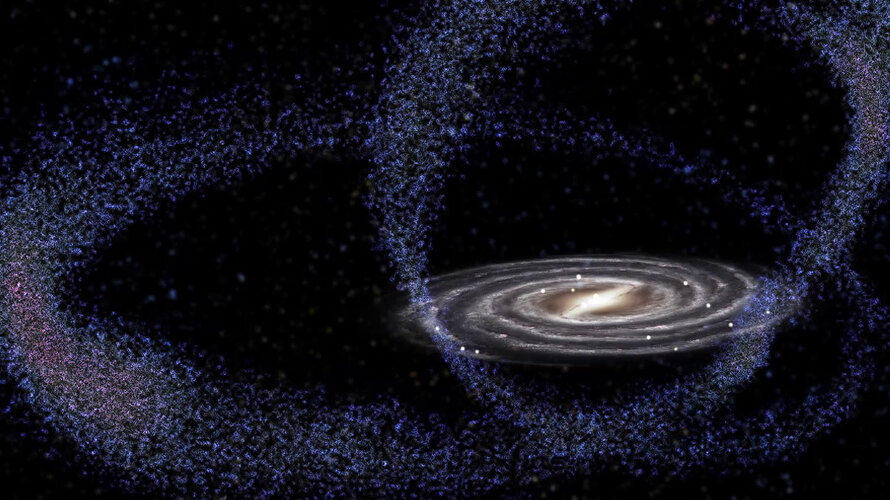
The Sagittarius dwarf galaxy has smashed through the galactic disc of the 10 000 times more massive Milky Way for the first time about six billion years ago. The collision caused ripples in the interstellar dust and gas of the at that time relatively quiet Milky Way. Two further collisions followed 2 billion and 1 billion years ago. According to findings of a paper published in the journal Nature Astronomy in May 2020, in the aftermath of each of these collisions the galaxy experienced a period of intense star formation.
The effects of Sagittarius on the structure and movement of stars in the Milky Way have been described previously, but the new findings for the first time show that the dwarf galaxy was likely directly responsible for the build-up of the stellar mass in the Milky Way. In fact, our parent star, the Sun, formed during the period in the wake of the first known collision. The scientists admit that it cannot be proven whether the particular cloud of dust and gas that gave rise to our parent star collapsed as a result of the collision with Sagittarius. It, however, seems possible that without the dwarf galaxy crossing paths with the Milky Way, Earth and life on it may not have been born.
Click here for original story, Dwarf galaxy collisions make stars from in Milky Way
Source: ESA Top Multimedia